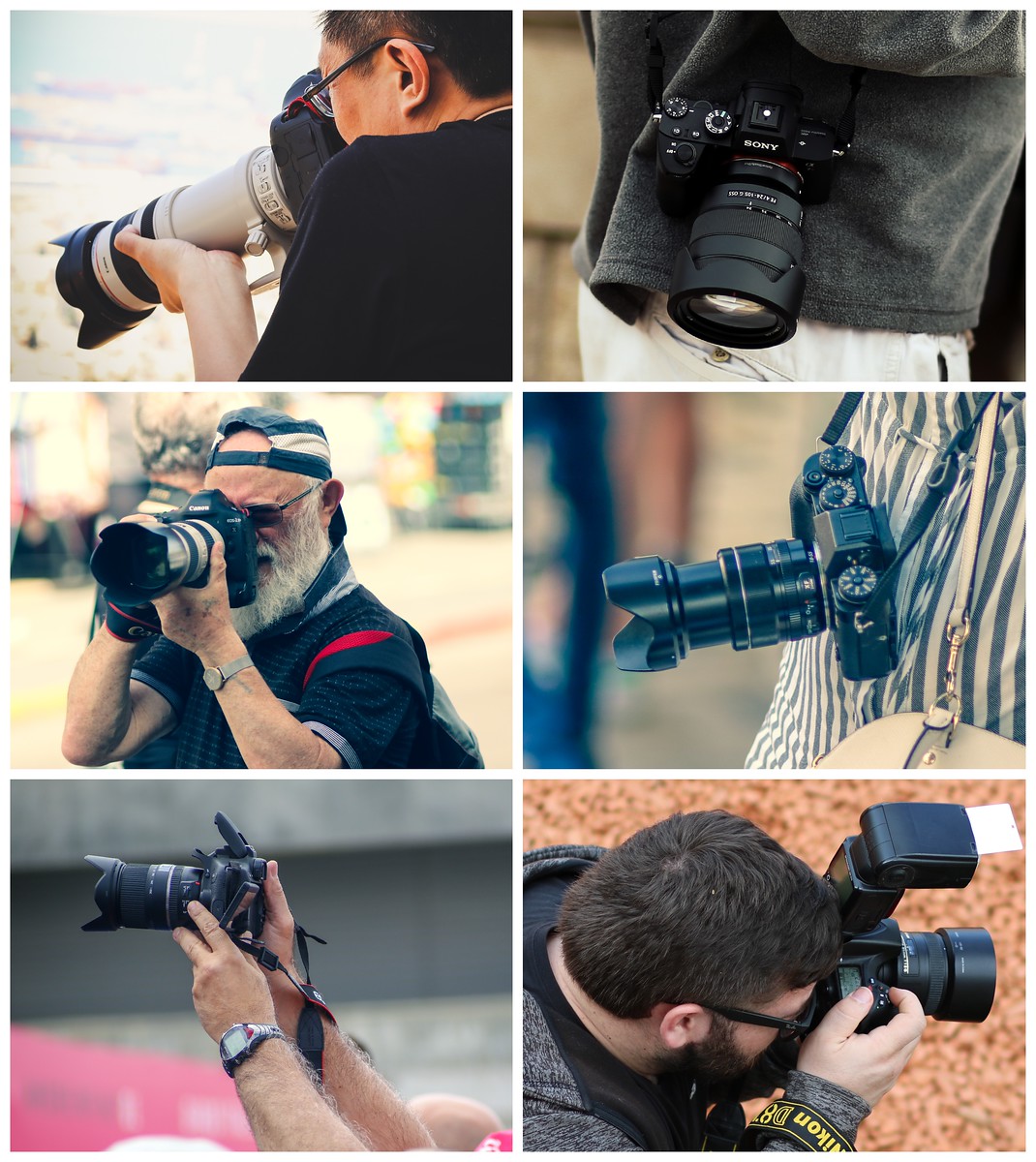The late entrance of two photography industry behemoths, Canon and Nikon, into the full frame mirrorless camera market brought to the world two new lens mounts, Canon R mount and Nikon Z mount. The modern photography camera market landscape is a mind boggling sprawling ecosystem of proprietary mounts, communication protocols and raw file formats. Standardization, interoperability, seamless integration, unified communication protocols are alien concepts for photography industry forever locked in a medieval fiefdom mentality. The well-entrenched fortress industry structure has survived for many decades yet disruption is coming and photography industry is not immune.
Disruption to photography industry is coming in many forms and from different directions
Success of mobile phone industry has demonstrated the power of OS-powered device with SDK open to third party developers. Software-defined camera is still a thing of future yet advancements in computational photography are making smartphone cameras more and more capable and it’s only a question of time before Apple, or Google, or Samsung or Kodak will target seemingly impregnable photography camera market. The digital camera industry is particularly vulnerable to a market scenario of a newcomer with white box camera or software-defined OS-powered camera fitted with open-standard interchangeable mount. This highly disruptive trend can emerge any moment from Chinese manufacturers of CCTV cameras, third party lens manufacturers, mobile industry or entirely new entrant supported by generous VC funding.
Our bet is on Android-powered mirrorless camera, more likely APS-C rather than full frame at the first stage, with open mount and communication protocol standards, open SDK and DNG* file format. Lens-wise, the first software-defined camera will most likely will hit the market with a single prime lens, either 28mm, or 35mm or 50mm full frame equivalent. The third party lens and adapter manufacturers will be quick to fill the vacuum by supplying the full range of lenses and adapters to legacy glass. We forecast a rush of app development to enhance camera functionality for different scenarios, bridge the gap between legacy accessories and glass and build a seamless workflow.
The name of the game is to level the market landscape, shifting the focus from hardware-centered device to app ecosystem
*Note: Digital Negative (DNG) is a patented, open lossless raw image format written by Adobe used for digital photography. While DNG is the Adobe proprietary format, Adobe’s license allows use without cost on the condition that the licensee prominently displays text saying it is licensed from adobe in source and documentation.
Adobe is uniquely positioned to serve as an industry unifying platform for file format, media management, workflow, post-processing and seamless integration in web infrastructure.
Our visit to Photokina 2018, multiple interviews with executives of major photography brands and new product announcements have just confirmed that the photography market will gradually move in the right direction:
- At Photokina 2018 Zeiss announced Zeiss ZX1, a full-frame, fixed-lens camera with Adobe Lightroom built in. The significance of Zeiss ZX1 release lies in integration of Adobe Lightroom CC app within camera OS (probably some customized version of Android), Raw DNG, built-in memory, and the overall concept of seamless workflow web-integrated camera. It’s still a far shot from a software-defined camera but getting closer.
- The L-Mount Alliance, a strategic cooperation between Leica Camera, Panasonic and Sigma.
- New entrants exploring Android ecosystem to power dedicated photography device.
Camera manufacturer still can do a few things to improve their standing without drastic changes to entire camera ecosystem just by lessening to the customers:
- Olympus: to increase resolution of premium models to 32 MP and lower end models to at least 24 MP;
- Sony: to improve and simplify Kafkaesque menu system;
- Fujifilm: to introduce IBIS in all major models;
- Canon: to deliver a modern sensor with high throughput and improved dynamic range.
The report, based on survey of professional, semi-professional and amateur photographers, analyses possible market scenarios and quantifies market impact of open camera platform on major camera and lens manufacturers.
